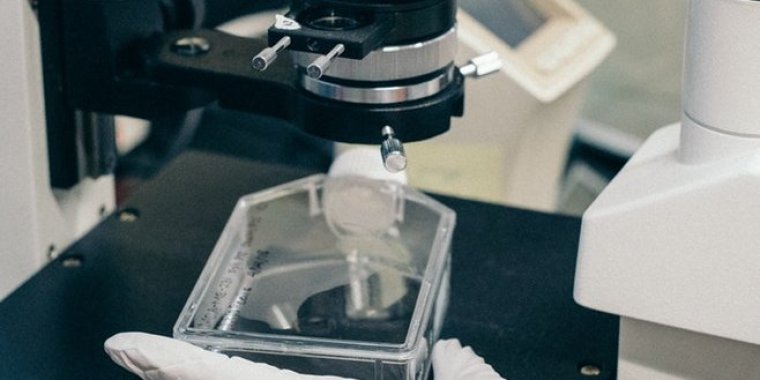| News / Science News |
Researchers identify method to verify if children fasted before medical testing
Testing the blood for free fatty acids could help doctors verify if children fasted before undergoing tests for diabetes or other medical conditions.

Testing the blood for free fatty acids could help doctors verify if children fasted before undergoing tests. Photo: Jaron Nix/Unsplash
An overnight fast is required for the blood glucose test used to diagnose type 2 diabetes. However, earlier studies suggest that at least 6% of patients don’t fast sufficiently, potentially raising blood glucose and leading to an incorrect diagnosis and additional testing.
Researchers from NIH’s Eunice Kennedy Shriver National Institute of Child Health and Human Development (NICHD) and other institutions paired the blood glucose test with a blood test for free fatty acids.
Unlike blood glucose, which declines after a fast and increases after a meal, the blood level of free fatty acids increases after a fast and drops after a meal.
The researchers analyzed blood test results of children who participated in a studies of obesity. They compared free fatty acid test results of children who were admitted as inpatients—and whose food intakes were controlled by hospital staff—to those of children who participated as outpatients.
They found that 9.7% of outpatients had lower free fatty acid levels, indicating they probably did not fast, compared to only 1.6% of inpatients.
The authors suggest that testing for free fatty acids may help doctors interpret glucose test results in children, decreasing the number of children who need to be re-tested for high blood sugar. (National Institutes of Health)
YOU MAY ALSO LIKE




